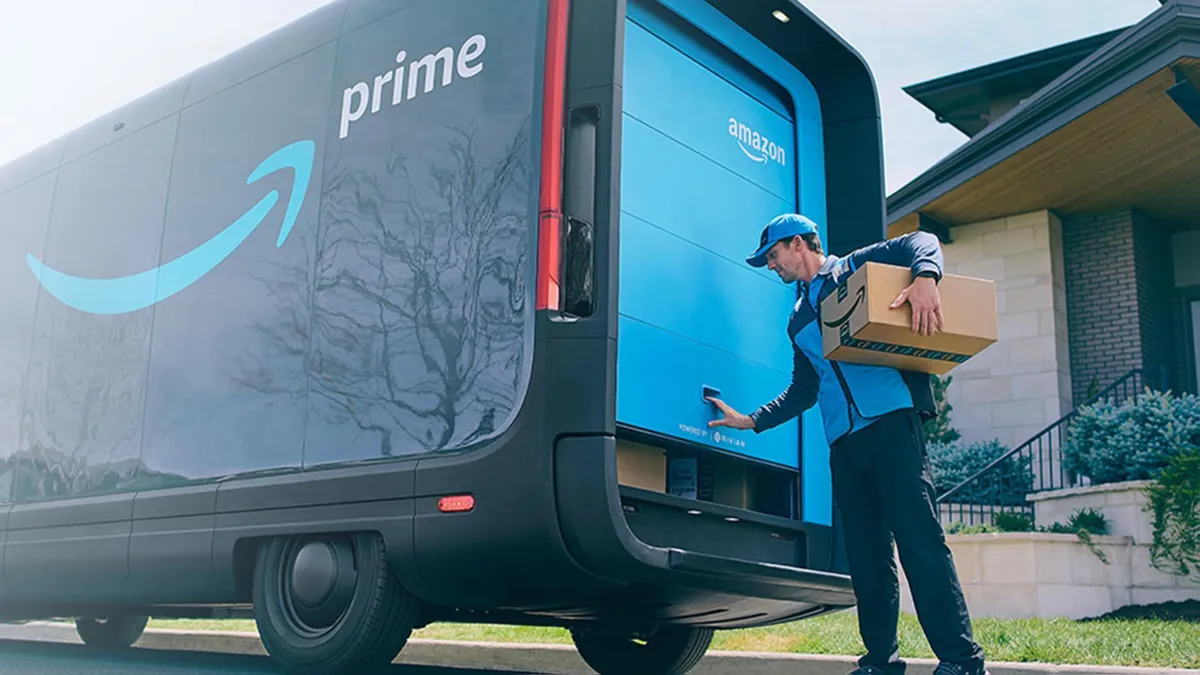Amazon Vendor Pressures Due to Silos
Amazon customers go to Amazon.com to purchase products they need based on the need for replenishment or an unexpected need. These customers are not remotely aware of the pressure brands and vendors face to ensure they can receive their purchases on the same day or the next day. Many vendors do not understand Amazon’s pressures on businesses until it’s too late. Invisible inefficiencies become large blockers and potential operating challenges that can kill businesses.
At Equity Commerce we have noticed time and again how structural challenges inside organizations/businesses lead to business pressures that inherently impact the performance of the business. A simple situation such as, in what department is the e-commerce team found in? Is it inside marketing, operations, or the sales department. While this may seem trivial the lack of empowerment by the business of the e-commerce team ensures that its not being communicated with during brand negotiations with retailers and marketplaces. In an omnichannel world, retailers are building marketplaces and increasingly want inventory for the online and retail channel. If the -commerce team is in the dark, this leads to chaos and missed opportunities.
Another pressure point is access to data. Can businesses and brands access all of their data easily to be able to create a 360 degree picture? We see data held inside agencies, agencies reading reports and driving meetings with brands without brands being able to make sense of performance.
The Holistic Solution
It may seem to all be doom and gloom but the solution is that silos need to be broken. It may sound easy but we have seen on countless occasions if the process is not driven by top management or the process is sponsored by C-level executives it leads to regression to past behaviors.
Many vendors do not understand that by breaking down the silos between departments and staff will in the long run lead to success in all channels. Retailers want to have products on shelves that are available at similar prices at various stores and having channel control over online sales will lead to better margins and profitability.
Vendors who want to succeed and understand the importance of data, analytics and total alignment can get in touch. Let’s get started – reach out to us today.





